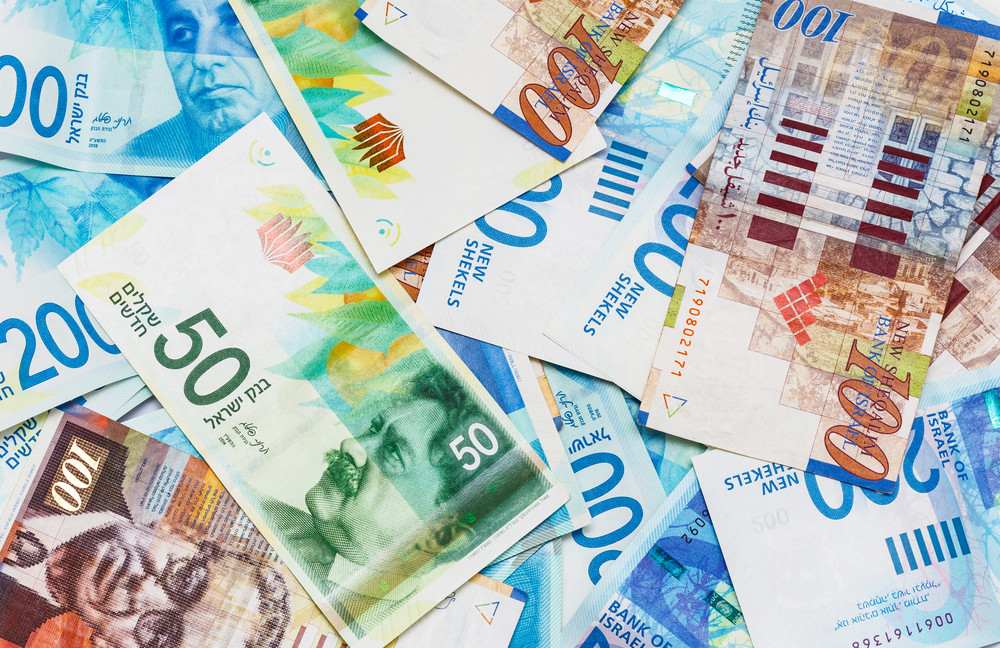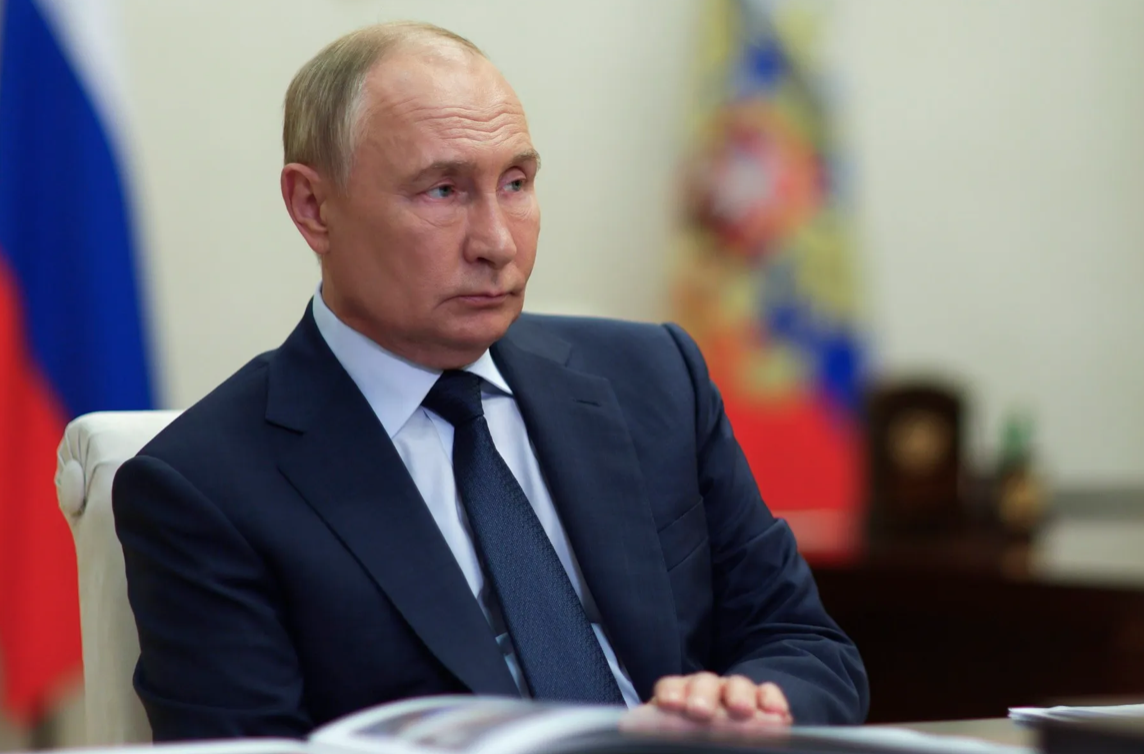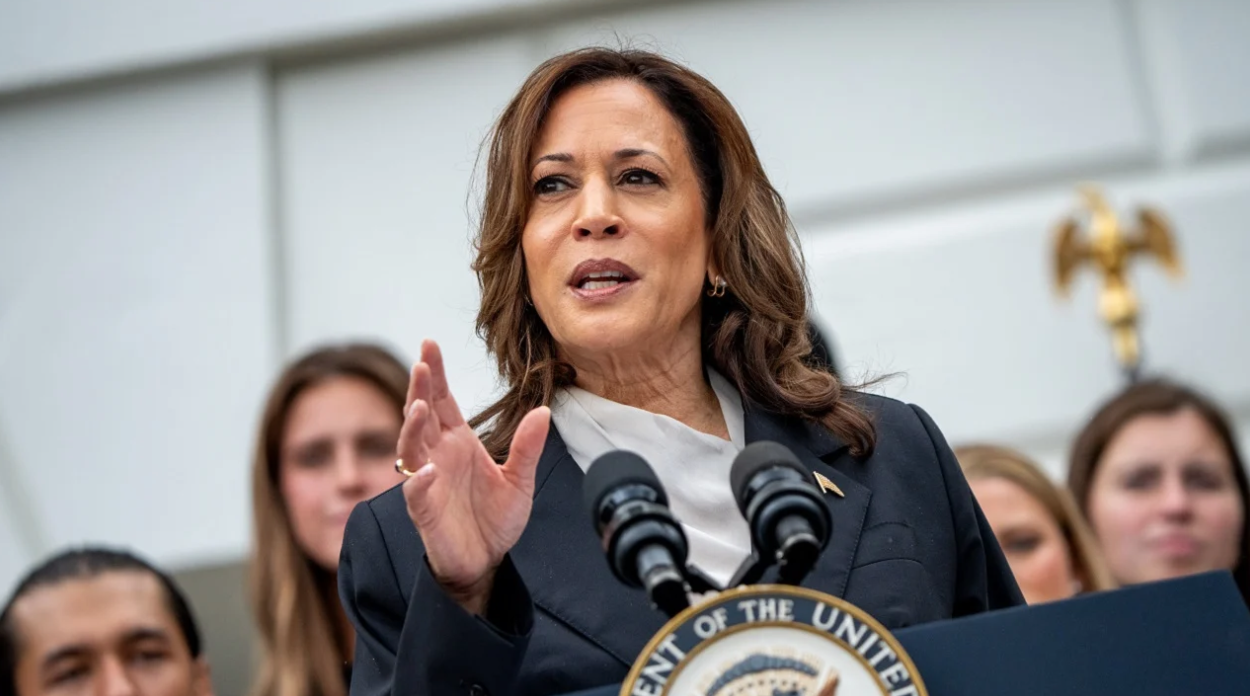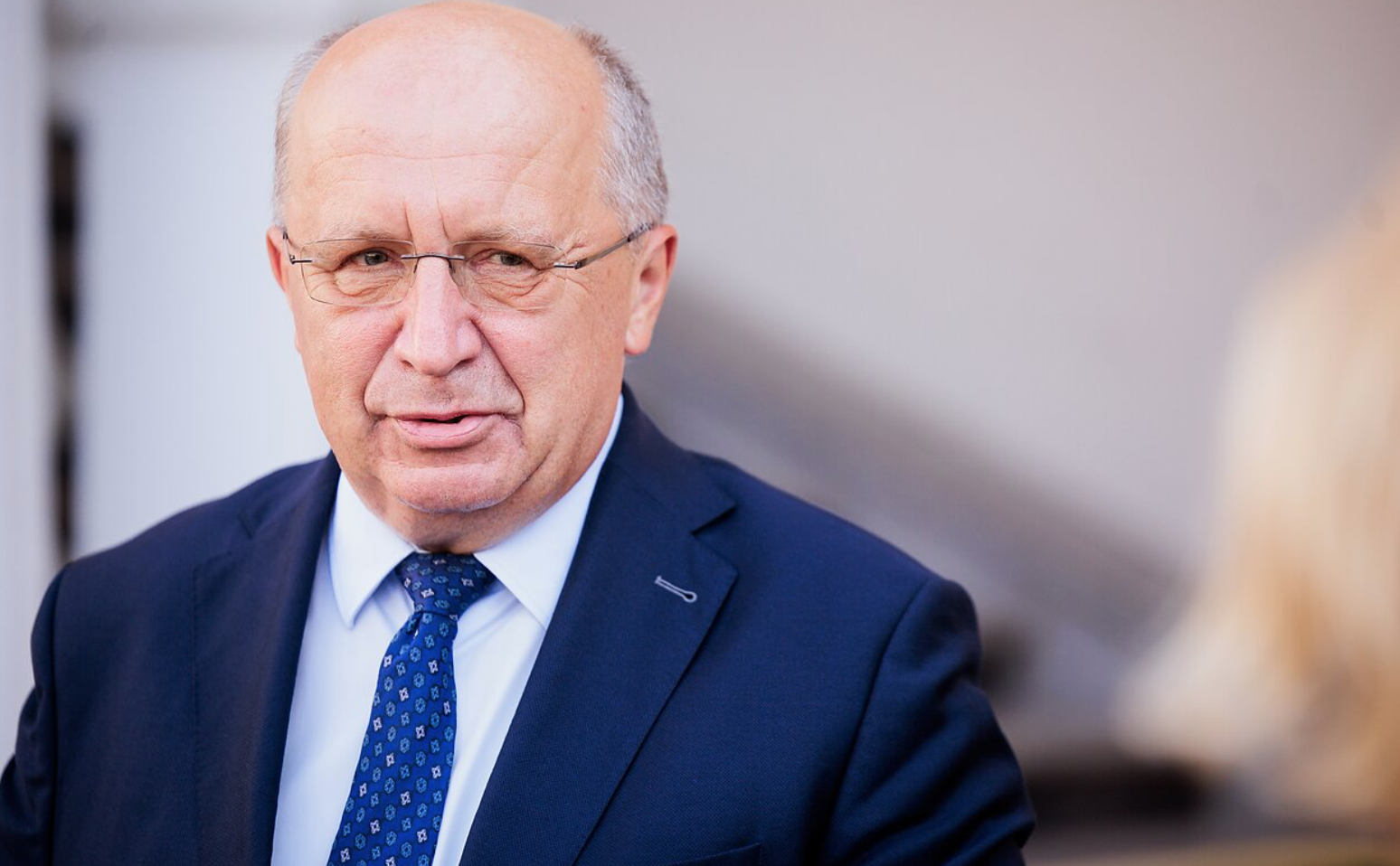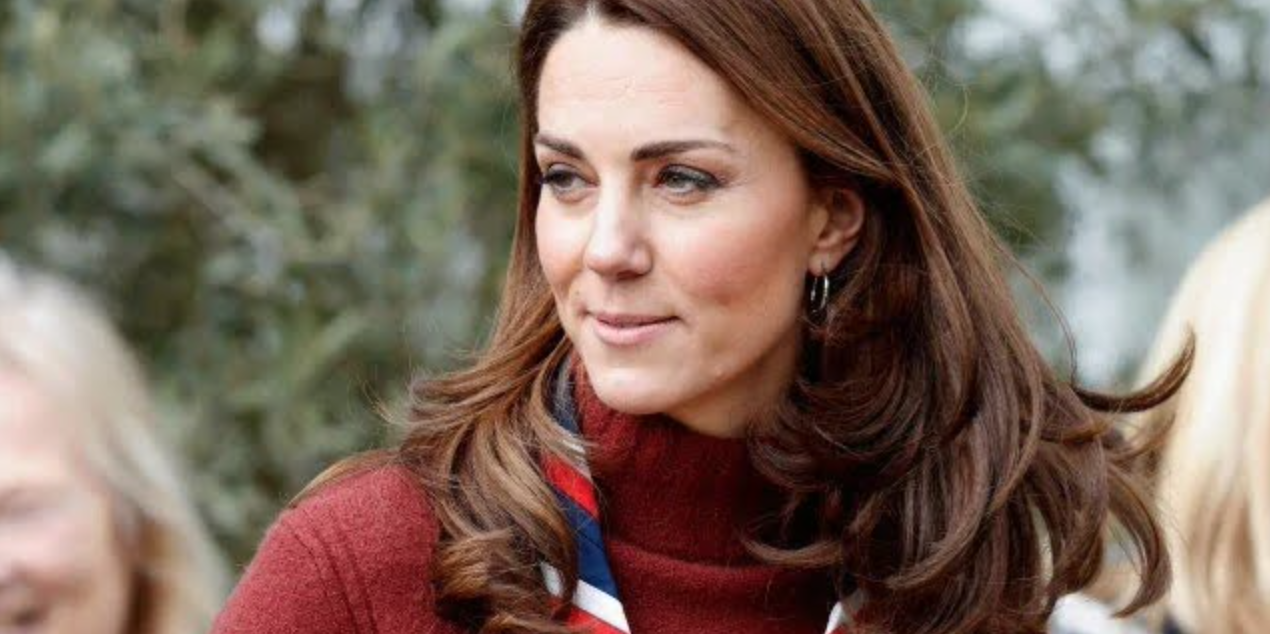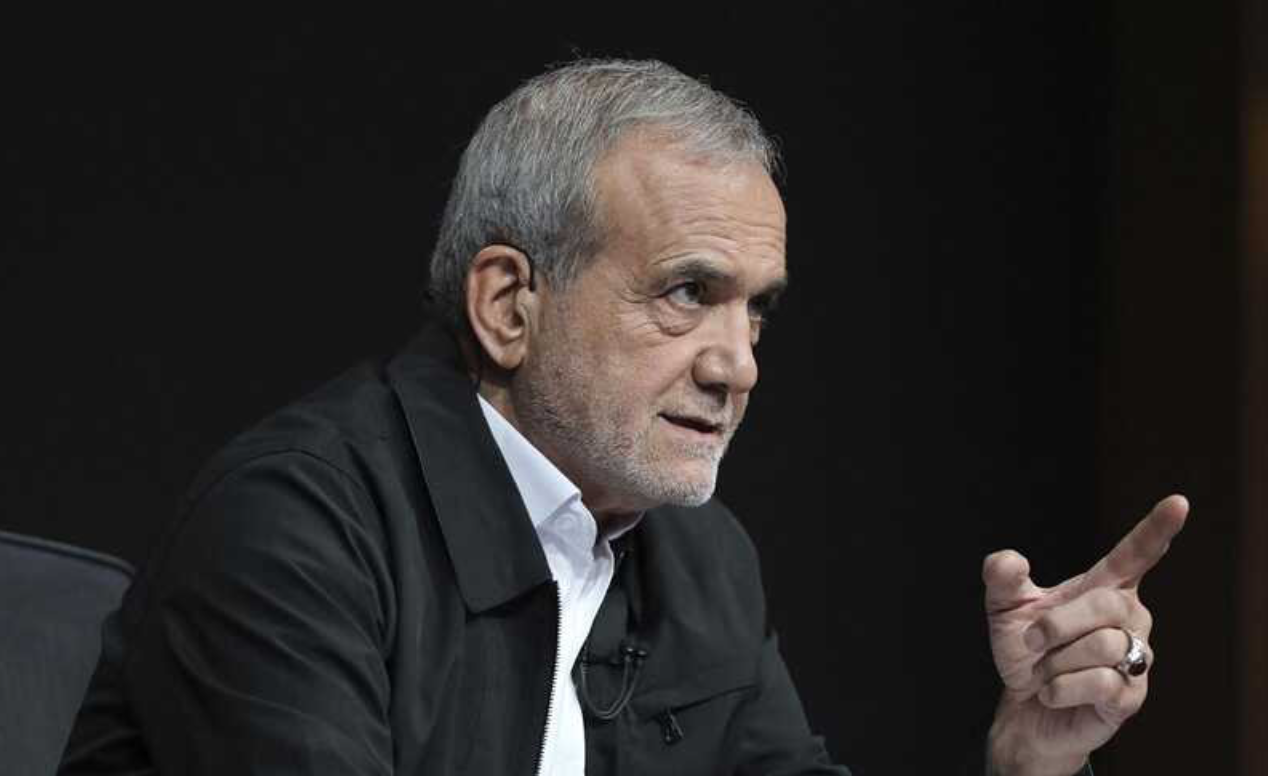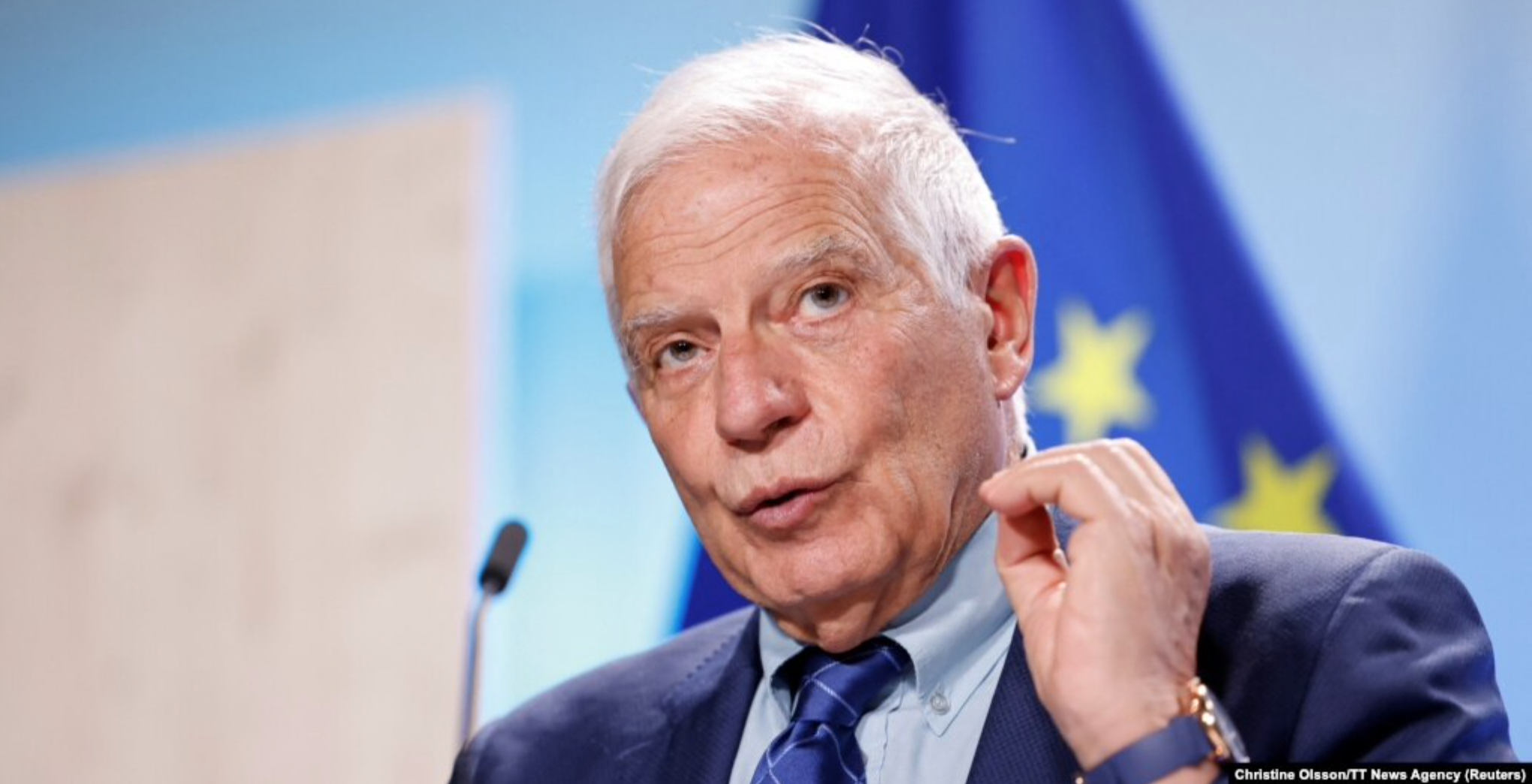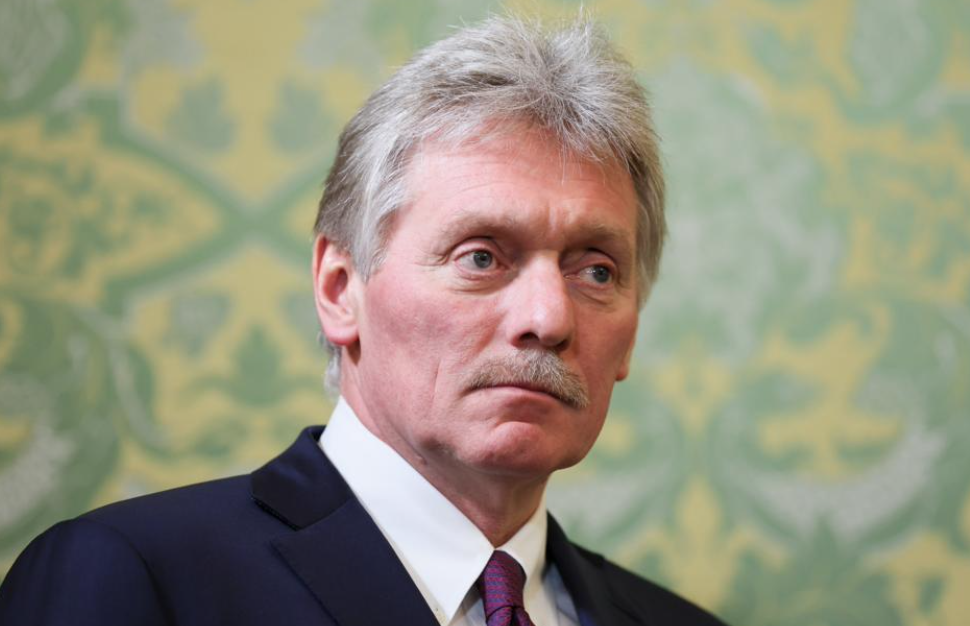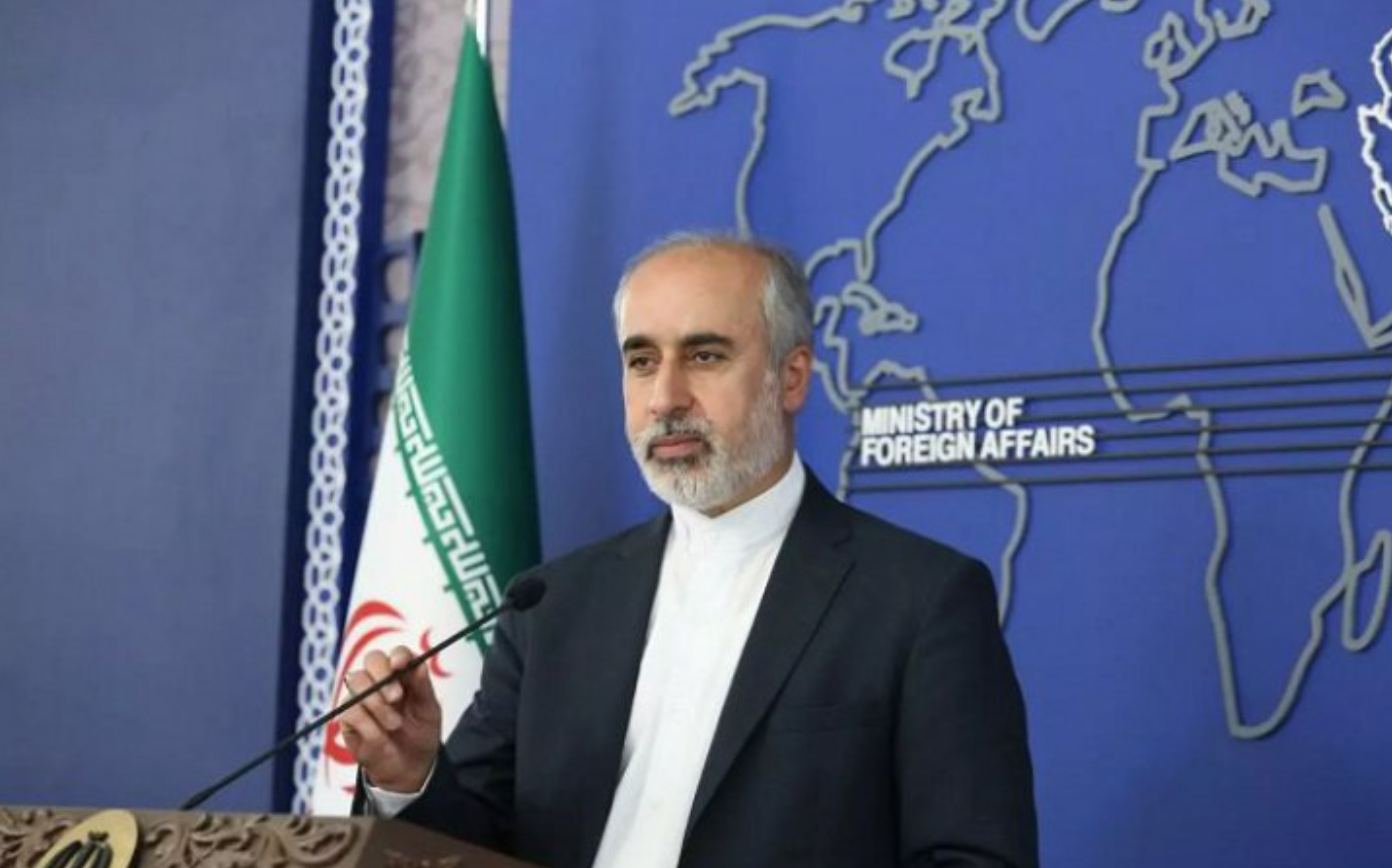Foto:Depositphotos
Israel’s currency, the New Israeli Shekel (ILS), has a fascinating history and unique features that make it a true financial treasure. The shekel not only symbolizes the country’s economic stability and prosperity, but also reflects Israel’s deep cultural and historical roots. Let’s dive into the magic and secrets of this unique currency.
History: From Antiquity to the Present
Shekel is a name that dates back to ancient times. First mentioned in the Bible, the shekel was used as a measure of weight and currency as far back as ancient Israel. The modern history of the shekel began in 1985, when the new Israeli shekel replaced the old one, saving the country from hyperinflation and financial crisis. It was a bold and risky decision that eventually led to economic stabilization and growth.
Symbolism and Design: Cultural Heritage on Banknotes
Each shekel note and coin is a small masterpiece of art. The banknotes feature prominent Israeli figures such as the writer Shmuel Yosef Agnon, the first Prime Minister David Ben-Gurion, the poet Rachel Bluvstein and the founder of modern Hebrew, Eliezer Ben-Yehuda. These personalities don’t just grace the bills – they are symbols of the intelligence, leadership and innovation that define Israeli society.
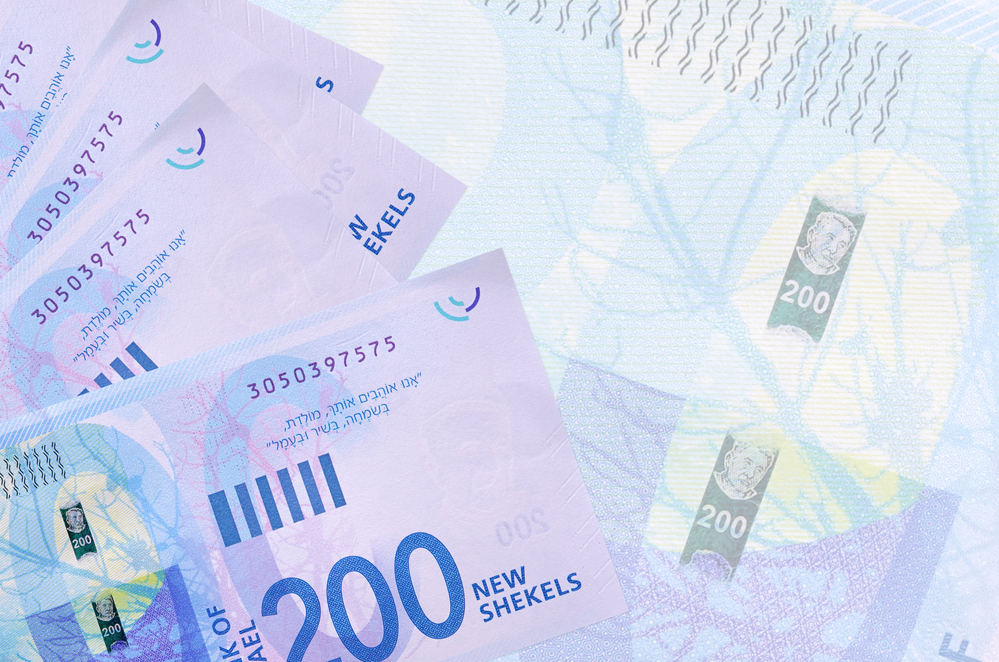
Shmuel Yosef Agnon is depicted on the 50 shekel banknote. Agnon, winner of the Nobel Prize in Literature, left an indelible mark in world literature with his works full of deep reflections on Jewish life and culture. As he himself said: “I write about people living in two worlds, and I seek to understand what unites them.”
David Ben-Gurion adorns the 200 shekel banknote. The first prime minister of Israel, Ben-Gurion was one of the main architects of the country’s independence. His words: “We must believe in miracles for them to happen” still inspire many generations of Israelis.
Rachel Bluvshtein, known simply as Rachel, is depicted on the 20 shekel banknote. Her poetry, full of love for the Land of Israel and tragic personal experiences, still touches the hearts of readers. Her famous line “Land, my homeland, you are my soul and blood” conveys a deep connection with the native land.
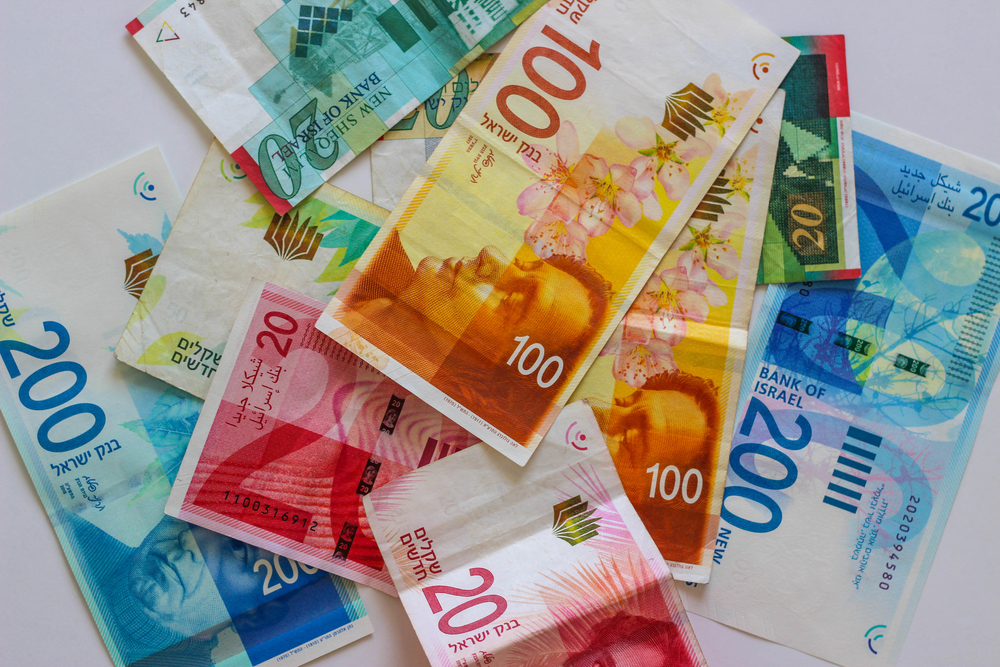
Eliezer Ben-Yehuda on the 100 shekel banknote embodies the revival of Hebrew. Thanks to his efforts, Hebrew became a living language that is spoken by all of Israel today. He said: “Language is the key to the heart of a nation.”
Economic Power and Strategic Significance
The new Israeli shekel quickly established itself as a strong and stable currency. In conditions of global economic instability, the shekel remains one of the most stable currencies, which indicates a strong economy and a high level of trust in the Israeli financial system. High-tech startups and innovative companies in Israel are attracting investment from around the world, strengthening the shekel and contributing to its stability.
The Digital Future: The Virtual Shekel
In the era of digital technologies, the Israeli shekel is also not left out. The Central Bank of Israel is actively studying the possibility of creating a digital shekel, which could revolutionize the country’s financial system. The virtual shekel will speed up and simplify transactions, make them more secure and accessible to all sections of society. This initiative promises to make Israel one of the pioneers in the field of digital currencies.
Shekel as a Symbol of Hope and Prosperity:
The Israeli shekel is more than just money. It is a symbol of Israel’s history, culture and economic power. It reminds of ancient roots and bold decisions that led to modern prosperity. In the future, the shekel will continue to amaze and fascinate, maintaining its magic and significance for every Israeli and for the whole world.
Author of the article: Time Ukraine Israel journalist Katerina Bogdanenko

